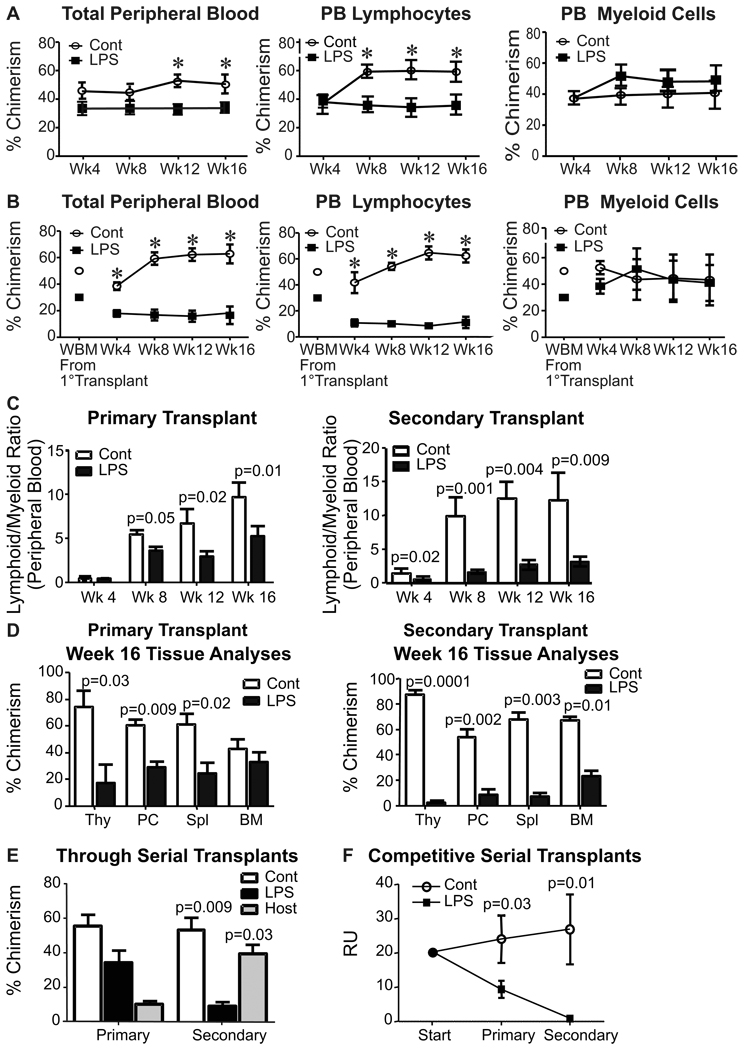Figure 3. Low-grade inflammation causes age-related changes in long-term HSC.
Competitive serial marrow transplants were constructed as described in the Experimental Procedures. A, Peripheral blood was analyzed at 4 week intervals to determine hematopoietic contributions of PBS and LPS treated marrow after primary transplantation. Total peripheral blood chimerism is shown in the left panel, while CD11b−Gr-1−CD3+/CD19+ lymphocytes and CD3−CD19−CD11b+ myeloid chimerism is indicated in the middle and right panels, respectively. B, Secondary transplants were initiated with chimeric marrow from primary transplants, as indicated. C, The same data was used to calculate lymphoid to myeloid cell ratios of donor type cells in peripheral blood from primary, as well as secondary transplants. D, Tissues recovered from these secondary transplant recipients at 16 weeks were analyzed for percentages of chimerism by flow cytometry. E, Marrow recovered was studied by flow cytometry to determine what proportions of cells in the primitive LSK fraction were derived from the original LPS treated animals, the PBS treated control mice or radio-resistant host mice. F, Repopulating units (RU) of control (CD45.1+) and LPS-treated (CD45.2+) marrow were calculated through serial transplantations initiated with equal numbers of competing whole marrow cells to determine the ability of both donor types to repetitively maintain their RU as an indication of HSC self-renewal capacity (41). This data represents pooled averages of total bone marrow chimerism after 16-week serial transplantation interval analyses from four independent experiments. Each one was conducted with not less than six recipient animals per group. Error bars depict SEM and asterisks reflect statistically significant differences.

